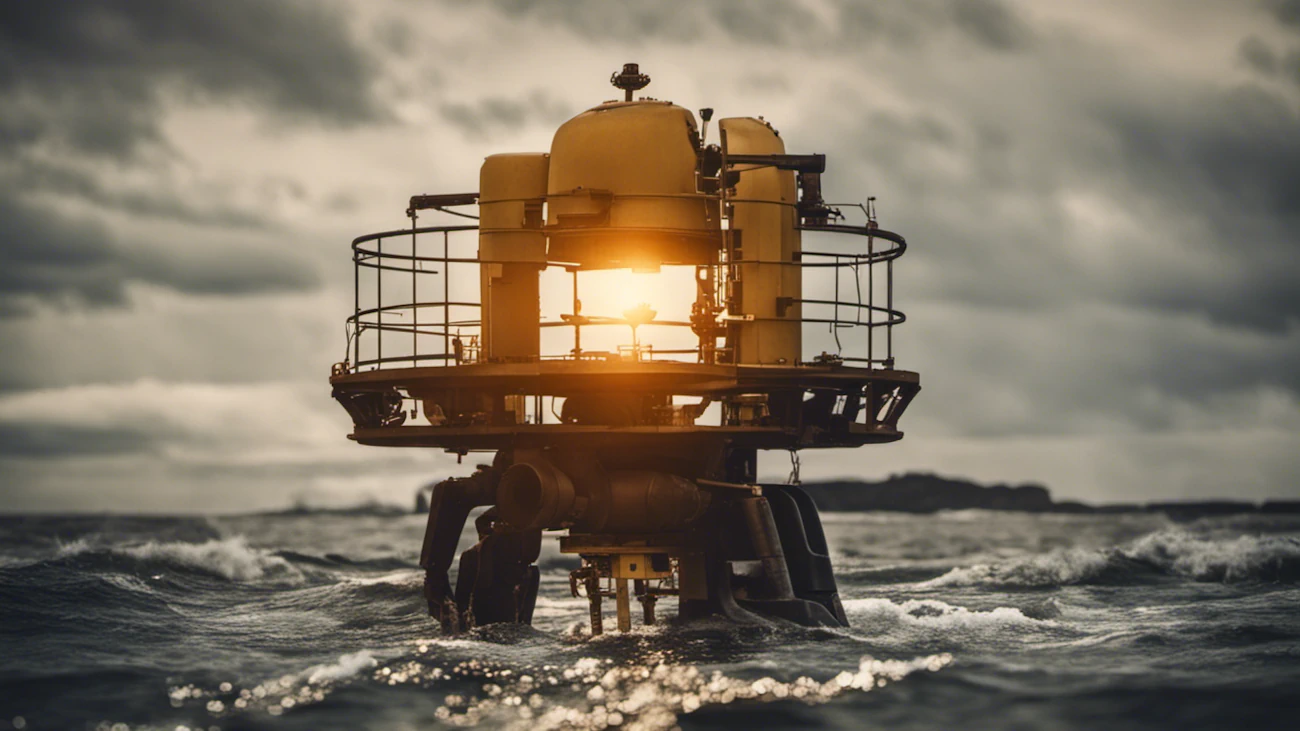In the quest for sustainable and renewable energy sources, tidal energy stands as a promising frontier. Its historical roots trace back centuries, yet its modern-day applications continue to evolve, offering a glimpse into a future of clean, reliable power. In this comprehensive guide, we'll delve into the history, mechanics, types, advantages, disadvantages, and the present and future challenges of tidal energy.
History
The utilization of tides for energy is not a recent development. Dating back to ancient times, civilizations recognized the power within ocean tides, using tidal mills to grind grains and power machinery. However, it wasn't until the 20th century that serious efforts to harness tidal energy for electricity generation began. The first tidal power station, La Rance in France, commenced operations in the 1960s, showcasing the potential of this renewable resource.
How does tidal energy work?
Tidal energy relies on the gravitational pull of the moon and the sun, causing the rhythmic rise and fall of tides. This movement generates kinetic energy in water bodies, which can be captured and converted into usable electricity through various mechanisms. Tidal barrages, tidal streams, and tidal lagoons represent some of the primary technologies employed to harness this energy.
Diverse types of tidal energy
- Tidal barrages: These are dam-like structures built across estuaries or bays. As the tide flows in and out, it passes through turbines, generating electricity.
- Tidal streams: Utilizing underwater turbines, tidal streams capture energy from the natural flow of water, much like an underwater wind turbine.
- Tidal lagoons: Artificial pools or basins with turbines at their entrances capture energy from the flow of water in and out of the lagoon.
Advantages and disadvantages of tidal energy
Advantages:
- Renewable and predictable: Tides are predictable, making tidal energy a reliable and consistent power source.
- Low greenhouse gas emissions: Tidal energy production produces minimal greenhouse gases, contributing to cleaner air and a healthier environment.
- Long lifespan: Tidal energy infrastructure typically has a long operational life span, providing sustained energy production.
- High energy eensity: Tidal energy possesses high energy density, allowing for the generation of significant power from relatively small installations.
- Job creation and economic benefits: Developing tidal energy projects can create job opportunities and stimulate local economies.
Disadvantages:
- High initial costs: The construction of tidal energy facilities, especially barrages, involves substantial upfront investments.
- Environmental impact: Tidal barrages may disrupt marine ecosystems, affecting wildlife and altering tidal patterns.
- Site-specific nature: Tidal energy projects require specific geographic conditions, limiting their widespread implementation.
- Maintenance challenges: Operating and maintaining underwater equipment in harsh marine environments can be technically challenging and costly.
- Limited availability: Tidal energy can only be harnessed in regions with significant tidal ranges, limiting its global applicability.
Challenges in the present and future
Despite its potential, tidal energy faces several challenges. The high initial costs, environmental concerns, and technological limitations pose obstacles to widespread adoption. Furthermore, integrating tidal energy into existing power grids and optimizing its efficiency remain ongoing challenges for researchers and developers. However, advancements in technology, ongoing research, and international collaborations hold promise for overcoming these hurdles.
Tidal energy represents a compelling renewable energy source with the potential to significantly contribute to the world's energy mix. Its history, mechanisms, diverse types, advantages, disadvantages, and present challenges highlight both its promise and the need for continued innovation. As technology progresses and society's energy demands evolve, tidal energy stands poised to play an increasingly significant role in our quest for a sustainable future.
Thanks for reading!
Are you still interested in this topic?
A good idea is to continue here:

